Arm Lift
Medically known as a Brachioplasty, the arm lift procedure involves recontouring the arm to remove fat and tighten loose skin to correct a "bat-wing" effect under one's arm. Removing excess skin leads to a "tighter" arm appearance from the armpit area to the elbow. Usually, liposuction is used in conjunction with an arm lift procedure to enhance aesthetic outcomes. Thousands of women annually undergo arm lift procedures to help to improve their appearance.
Arm Lift
When should I consider an arm lift?
An arm lift benefit patients who suffer from underarm skin laxity that negative impact on your appearance and your quality of life. A typical case includes patients who recently lost a large amount of weight, leaving them with lax arm skin and fat that also causes recurrent skin rashes and irritations.
The best candidates for an arm lift include the following:
- You are at your ideal weight but have flabby underarm skin.
- You are not significantly overweight, and your weight is relatively stable.
- You are generally healthy and have no existing medical conditions that might increase the risk of surgery.
- You are a non-smoker who is living a healthy lifestyle.
What are the pros and cons of an arm lift?
Aesthetic plastic surgery often involves trade-offs. With an arm lift procedure, benefits would include improved appearance and self-confidence. You can wear certain types of clothing that you were not feeling comfortable to wear before the procedure.
This surgery may result in visible scars that extend from the elbow to the armpit. It is not always possible to precisely predict how resulting scars will appear, but the location of the scar can be planned according to the patient preferences. In some patients, liposuction may provide a satisfying outcome without the need for excising large amounts of skin and leaving a long, visible scar. The preferred procedure can be determined during your consultation with Dr. Wiser.
What should I expect during my arm lift procedure?
Before the procedure, we begin by marking the excess arm skin incisions. The procedure is performed under general anesthesia or intravenous (IV) sedation. The procedure starts usually with liposuction that removes excess arm fat and reduces overall volume. Once liposuction is completed, Dr. Wiser removes the excess skin. After the removal of excess skin and fat, incisions are closed, and your skin is re-draped over your new arm contour. Dr. Wiser usually uses absorbed sutures placed under your skin, so no suture removal is necessary from the wound itself. Dr. Wiser often places one drain in each arm to reduce swelling and improve wound healing. Finally, Dr. Wiser applies a special vacuum dressing called prevena-vac that enhances the overall healing and appearance of the scars (requires additional charge).
What happens after my arm lift procedure?
You will go home the same day of the procedure. We recommend wearing an arm compression garment for several weeks after the procedure to reduce overall swelling and improve procedure outcomes. Be sure to wear it as directed, removing it only to shower.
We will prescribe you oral medications to reduce any pain and discomfort that you experience after your surgery. You should begin noticing that this discomfort and pain start fading within a day or two after your arm lift procedure.
Dr. Wiser offers a novel pain management treatment called Exparel that is used during the procedure to significantly reduce pain up to 72 hours after surgery, which is the most painful post-operative period (requires additional charge).
Bruising and swelling of the arms usually appear within 48 hours after your surgery, and subside over the next two to three weeks. You can help minimize swelling by sleeping on your back with arms elevated during this time frame.
Is an arm lift procedure right for me?
Ultimately, the best way to determine if you are the right candidate for an arm lift is to schedule a consultation with Dr. Wiser. Please contact our office today to inquire further about this procedure and arrange a consultation.
